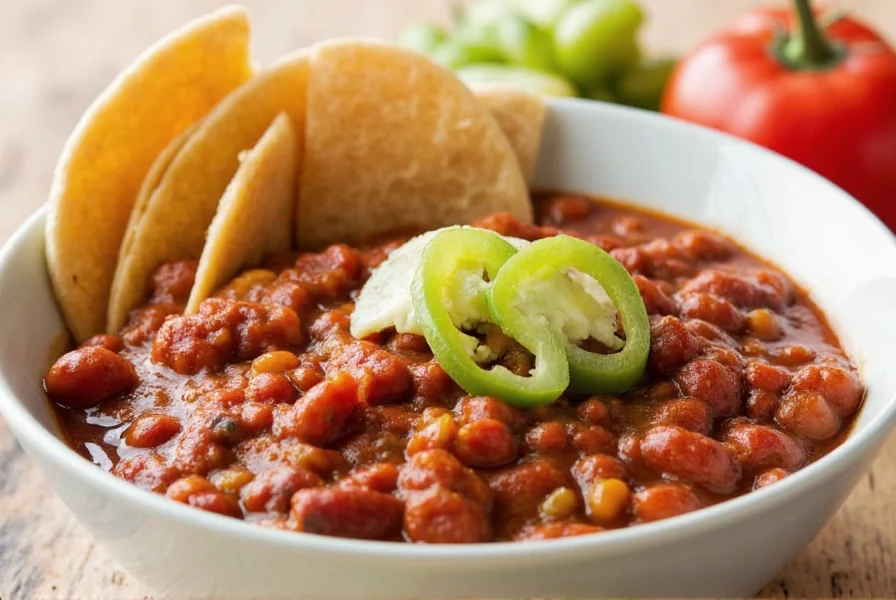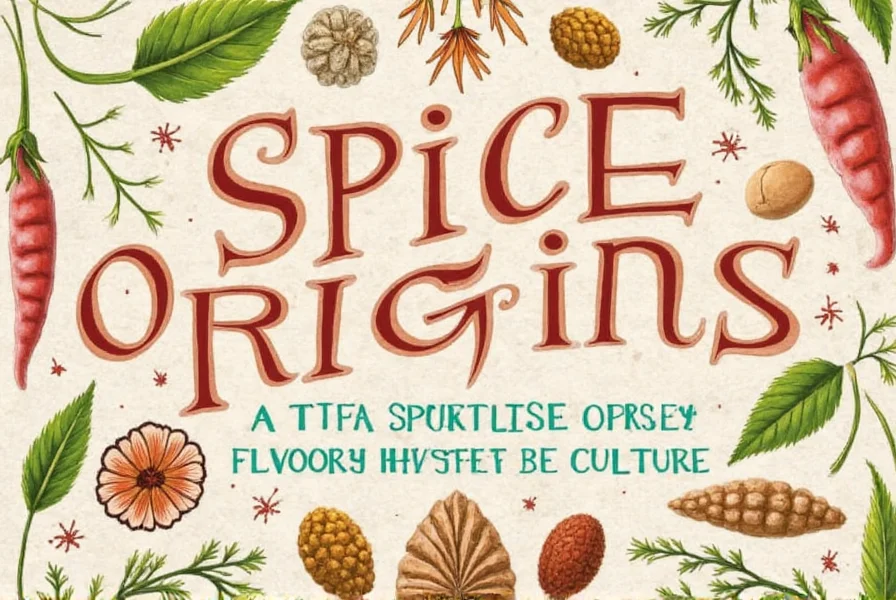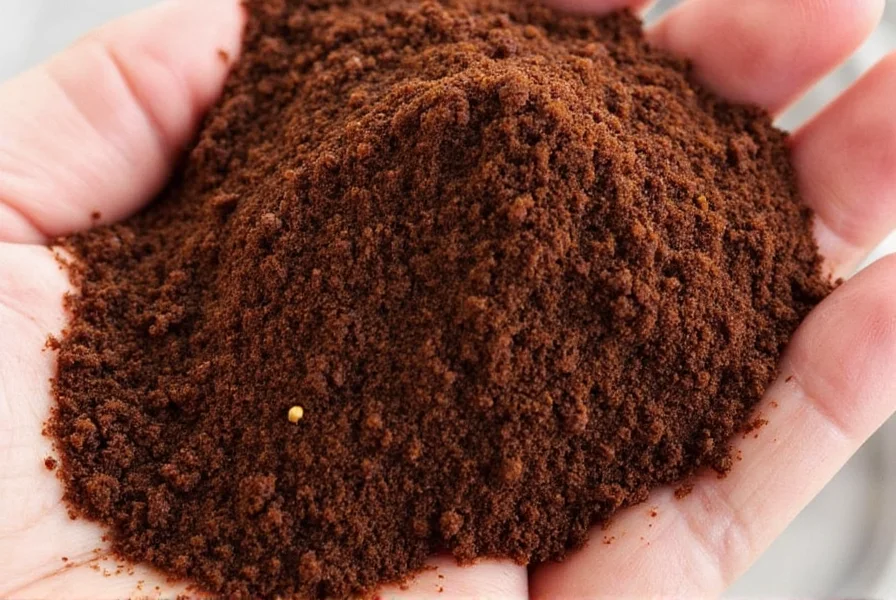Exploring the World of Pasilla Negro: A Global Spice Tradition You Can't Miss!
Table of Contents
- 1. Introduction to Pasilla Negro
- 2. The Unique Flavor Profile of Pasilla Negro
- 3. How Pasilla Negro Fits into Global Cuisine
- 4. Buying Guide for Pasilla Negro
- 5. Practical Tips for Cooking with Pasilla Negro
- 6. Conclusion
1. Introduction to Pasilla Negro
Welcome to a journey through the rich, smoky world of pasilla negro! This chile pepper, also known as the 'black stick,' is a cornerstone in Mexican cuisine and has been embraced by chefs worldwide. It’s not just another spice; it's an experience. Let's dive deeper into what makes this dried chili so special.
2. The Unique Flavor Profile of Pasilla Negro
Pasilla negro stands out with its complex flavor profile, which combines earthy notes with hints of raisin sweetness and a mild smokiness. It's often described as having a fruity undertone, making it versatile enough for both savory dishes and subtly sweet recipes. Imagine biting into a dish where these flavors dance harmoniously—this is what you're signing up for when you use pasilla negro.
A Comparison Table of Pasilla Negro vs Other Chilies
| Type | Heat Level | Flavor Notes |
|---|---|---|
| Pasilla Negro | Mild | Earthy, Sweet, Smoky |
| Ancho Chile | Mild | Sweet, Fruity |
| Cayenne Pepper | Hot | Bright, Spicy |
3. How Pasilla Negro Fits into Global Cuisine
Beyond its origins in Mexico, pasilla negro has made its way onto plates around the globe. Chefs are experimenting with its unique qualities, integrating it into everything from mole sauces to gourmet chocolate desserts. Its adaptability allows it to complement ingredients like lamb, seafood, and even tropical fruits.

4. Buying Guide for Pasilla Negro
When purchasing pasilla negro, keep an eye out for certain key features:
- Appearance: Look for whole chiles that are dark brown or almost black, with a leathery texture. Avoid any signs of mold or cracks.
- Smell: A good pasilla negro should have a strong aroma, reminiscent of raisins and roasted coffee.
- Storage: Once bought, store your pasilla negro in an airtight container in a cool, dry place to preserve its freshness.
Ideal Occasions for Using Pasilla Negro
This chile is perfect for special meals where depth of flavor matters most. Whether you're hosting a dinner party or simply treating yourself to a weekend feast, pasilla negro adds sophistication to your dishes. Suitable audiences include home cooks seeking new challenges and professional chefs looking to innovate their menus.
5. Practical Tips for Cooking with Pasilla Negro
Here are some practical tips to help you get started:
- Toasted Perfection: Before grinding, toast the chiles lightly on a skillet to enhance their natural flavors.
- Rehydration Technique: Soak the chiles in warm water for about 20 minutes before blending them into sauces.
- Pairing Suggestions: Pair pasilla negro with ingredients like tomatoes, onions, garlic, and dark chocolate for a memorable taste sensation.

Recipes Featuring Pasilla Negro
Try incorporating pasilla negro into traditional recipes such as enchiladas or modern creations like pasilla-infused marinades. Experimentation is encouraged—you never know what delightful combinations await!
6. Conclusion
In summary, pasilla negro is more than just a spice; it's a bridge connecting cultures and cuisines across the globe. With its deep, nuanced flavor and versatility, it deserves a spot in every kitchen cabinet. Remember, expanding on the pasilla negro means embracing its complexity and letting it guide your culinary adventures. Happy cooking!












 浙公网安备
33010002000092号
浙公网安备
33010002000092号 浙B2-20120091-4
浙B2-20120091-4